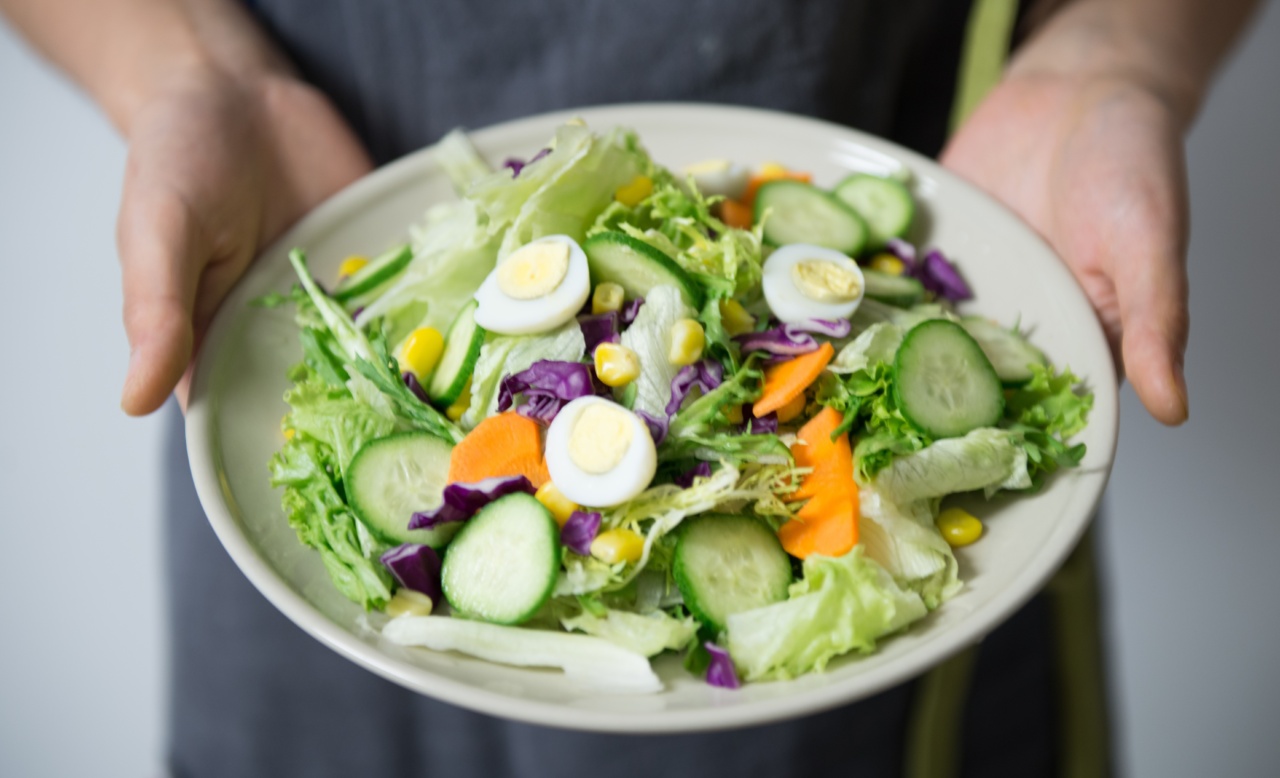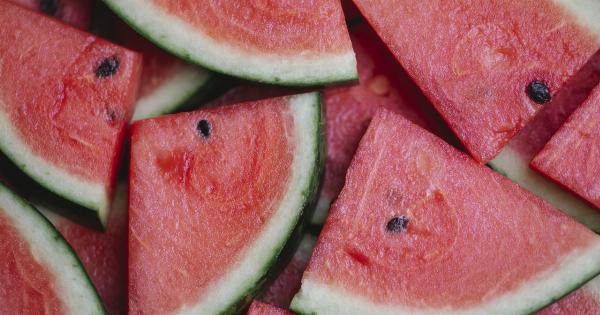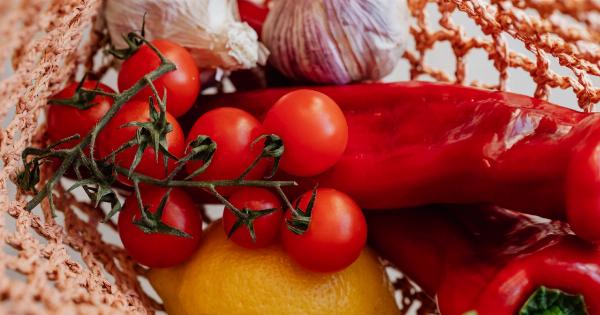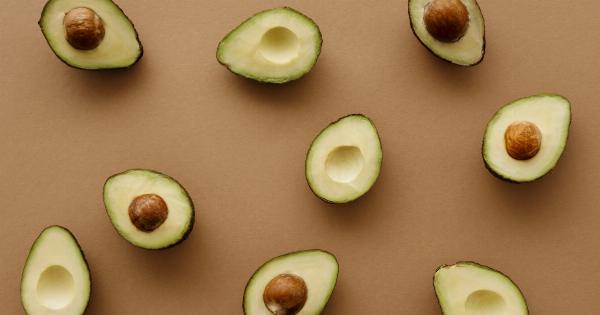Lettuce, a leafy green vegetable, is not only delicious but also highly nutritious. Packed with essential vitamins, minerals, and dietary fibers, lettuce is a versatile ingredient that can be used in a variety of dishes.
However, the nutritional content of lettuce can vary depending on several factors. By understanding these factors and implementing certain practices, you can maximize the nutritional value of your lettuce. Let’s explore how you can do that.
1. Choosing the Right Type of Lettuce
There are different types of lettuce, each with its own set of nutrients. Romaine lettuce, for instance, is a great source of vitamin A, vitamin K, and folate. Butterhead lettuce, on the other hand, offers more vitamin C and vitamin K.
By choosing the right type of lettuce, you can ensure a more diverse nutrient profile in your meals.
2. Opting for Organic Lettuce
Organic lettuce is grown without the use of synthetic fertilizers, pesticides, and genetically modified organisms (GMOs). This makes it a healthier choice, as it eliminates the potential harmful effects of these chemicals on your body.
Organic lettuce is also known to contain higher levels of certain nutrients, such as vitamin C and iron.
3. Growing Your Own Lettuce
By growing your own lettuce, you have complete control over the cultivation process. You can avoid the use of chemicals and ensure that your lettuce is fresh and nutrient-rich.
Additionally, you can harvest the lettuce just before consuming it, preserving its nutritional value to the fullest.
4. Proper Storage Techniques
Storing lettuce correctly is crucial in retaining its nutritional content. After purchasing or harvesting lettuce, remove any damaged or wilted leaves. Then, rinse the leaves gently and dry them thoroughly.
Store the lettuce in a plastic bag with a paper towel to absorb excess moisture, and keep it in the refrigerator. This will help retain the crispiness and nutrients in the lettuce for longer.
5. Don’t Overcook Lettuce
Lettuce is often used as a salad ingredient or added to sandwiches and wraps. While it can be cooked, overcooking lettuce may cause a loss of some nutrients.
To maximize the nutritional value, it is advisable to consume lettuce in its raw or lightly cooked form.
6. Pair Lettuce with Other Nutrient-Rich Foods
Enhancing the nutritional value of lettuce can be achieved by pairing it with other nutrient-rich foods. For example, you can add lean proteins like grilled chicken or tofu to your lettuce salads.
You can also incorporate other colorful vegetables like bell peppers and tomatoes, boosting the overall nutrient content of your meals.
7. Add Healthy Fats to Your Lettuce
Lettuce contains fat-soluble vitamins such as vitamin A, vitamin D, vitamin E, and vitamin K. To enhance the absorption of these vitamins, it’s beneficial to add healthy fats to your lettuce dishes.
Consider drizzling some extra-virgin olive oil or sprinkling a handful of nuts on your salad.
8. Combine Lettuce with Citrus Fruits
Lettuce and citrus fruits make a power-packed combination. Citrus fruits, such as oranges and grapefruits, are rich in vitamin C, which can enhance the iron absorption from lettuce.
The tangy and refreshing flavor of citrus fruits also adds a delightful twist to your lettuce-based dishes.
9. Avoid Prolonged Storage
The longer lettuce sits unused, the more it loses its nutritional value. To maximize the nutrients, try to consume lettuce shortly after purchasing or harvesting it.
Regularly replenishing your lettuce supply and utilizing it in various recipes will ensure you enjoy its optimal nutritional benefits.
10. Mindful Preparation
Lastly, how you prepare your lettuce can affect its nutritional value. Avoid using excessive dressings or high-calorie sauces, which could negate the health benefits of lettuce.
Instead, opt for light dressings, balsamic vinegar, or lemon juice to enhance the flavor without overpowering the nutritional value of the lettuce.






























